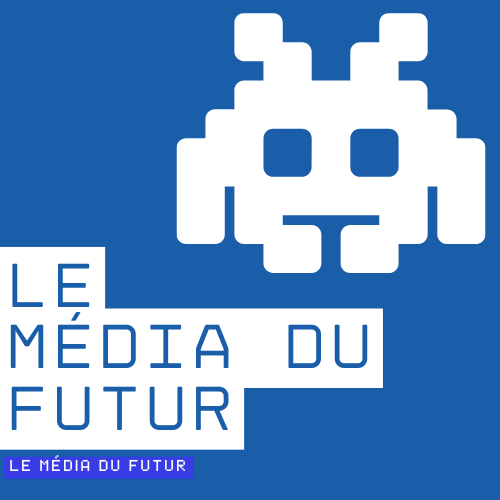In a digital world filled with automated messages and generic outreach, personalization has become a competitive edge—especially for early-stage B2B SaaS startups aiming to carve out a space in crowded markets. While most associate personalization with email campaigns or e-commerce platforms, LinkedIn has quietly become one of the most powerful channels for implementing thoughtful, behavior-driven client personalization strategies.
Drawing inspiration from an insightful conversation with Camille Aâssila, Head of Partnerships at Nosto, in this episode of the Loyoly podcast, we explore how B2B SaaS companies can transfer proven personalization principles from e-commerce to LinkedIn and adapt them to support brand positioning and customer growth.
Why LinkedIn Personalization Matters for SaaS Startups
LinkedIn is more than just a networking site, it’s a rich behavioral playground. Startups can see who engages with their content, what their prospects are sharing, and how target personas talk about their pain points.
By personalizing touchpoints on LinkedIn, startups can:
- Build trust faster in competitive markets
- Reinforce their unique value proposition (UVP)
- Guide prospects through a more relevant, brand-aligned buyer journey
- Increase conversion rates on demos, webinars, or pilot programs
From E-Commerce to SaaS: Personalization Lessons from Camille Aâssila
Camille’s experience in personalization at scale in e-commerce offers five key lessons that B2B SaaS founders can adapt:
1. Personalization Goes Beyond First Names
Camille emphasizes that “true personalization is not just inserting a name—it’s about relevance and timing.”
LinkedIn Tip: Don’t stop at “Hi John.” Reference their recent post, comment on a company announcement, or highlight a relevant challenge from their role (e.g., « I saw [Company] just launched a new data platform—how are you scaling user support on the backend? »).
2. Behavioral Signals Drive Relevance
In e-commerce, platforms like Nosto use browsing history and intent signals to deliver personalized experiences.
LinkedIn Tip: Watch who liked, shared, or commented on your thought leadership. Did someone download your whitepaper? Attend your webinar? Use that behavior to guide follow-up conversations.
3. Multi-Touch Personalization Increases Impact
Camille warns against siloing personalization. Email, website, and ads must coordinate. The same applies to SaaS.
LinkedIn Tip: After someone interacts with an ad or attends a demo, follow up with a LinkedIn message that references their action. Use this touchpoint to reinforce your brand story.
4. Use AI to Scale, Not Replace, Human Connection
Camille notes that while AI tools boost efficiency, they must be guided by human insight to remain authentic.
LinkedIn Tip: Use AI tools to suggest message templates or summarize profiles—but tailor every message to feel authentic and thoughtful. It’s the human detail that creates a connection.
5. Brand Positioning Should Guide Personalization
In e-commerce, merchandising strategies guide buyers toward key value pillars. The same logic works in SaaS.
LinkedIn Tip: Align your messaging with your core differentiators. If your brand is about simplifying data collaboration, then your LinkedIn content and DMs should reflect this in tone and substance.



